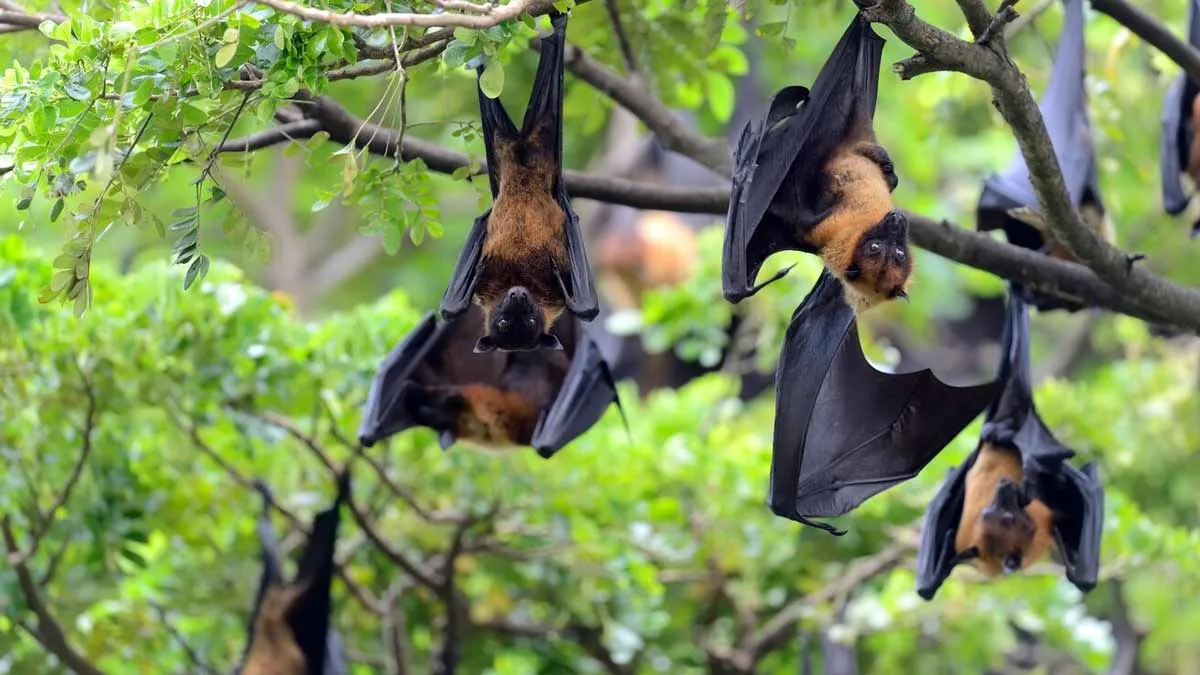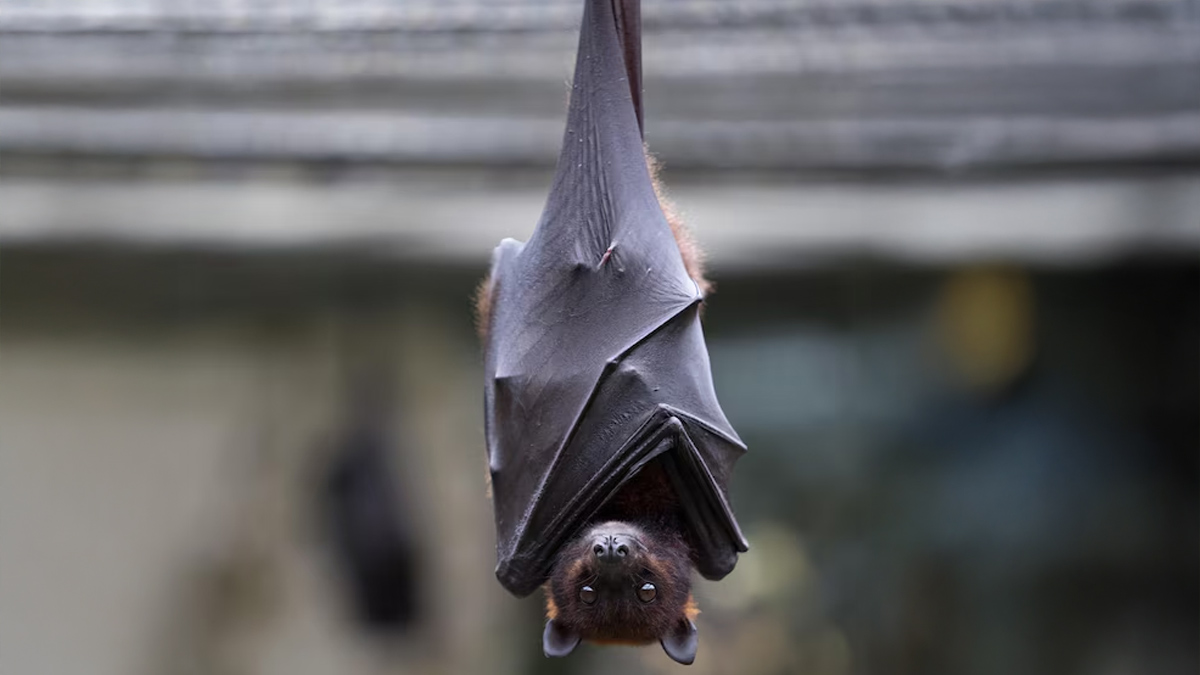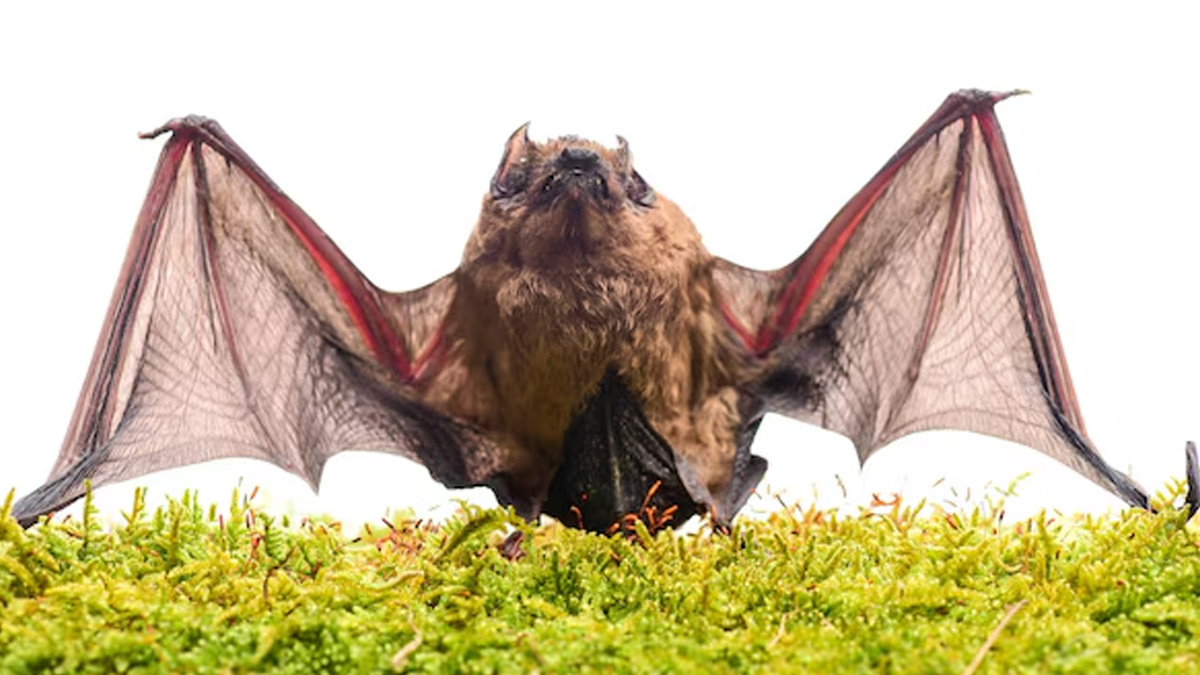
A New South Wales (NSW) man in his 50s has died after being infected with what the authorities have confirmed as the state’s first case of Australian bat lyssavirus, a rare disease closely related to rabies.
Table of Content:-
“It is incredibly rare for the virus to transmit to humans, but once symptoms of lyssavirus start in people who are scratched or bitten by an infected bat, sadly there is no effective treatment,” Keira Glasgow, a director in health protection at NSW Health, said on Wednesday. This makes prevention even more crucial.
Here's everything you need to know about Australian bat lyssavirus, its symptoms, and preventive steps.
Also Read: Bats or a Wuhan Lab? WHO issues report on origins of COVID 19
What Is Australian Bat Lyssavirus?

Australian Bat Lyssavirus (ABLV) is a virus that is transmitted from bats to humans. It is a rare but serious illness that affects the Central Nervous System (CNS). ABLV is closely related to the rabies virus, which is another type of lyssavirus.
Only four cases of human infection with ABLV have been recorded since the virus was first identified in 1996. Three cases were in Queensland and one in NSW, and all infections occurred after bites or scratches by bats, according to theNSW official website.
Is Australian Bat Lyssavirus Similar To Rabies?
According to the official website of NSW, rabies and Australian bat lyssavirus belong to a group of viruses called lyssaviruses. These viruses transmit through a bite from an infected ("rabid") animal. They all cause a similar illness known as rabies, which affects the CNS and is usually fatal.
However, ABLV, even though closely related to rabies, is not identical to the rabies virus.
In addition to bats, evidence of ABLV infection in Australia has been found in species of flying foxes/fruit bats and insect-eating microbats.
Symptoms Of Australian Bat Lyssavirus

Symptoms of Australian bat lyssavirus can appear within days to several years after exposure to the virus.
Early symptoms include:
- Flu-like symptoms
- Fever
- Headache
- Fatigue
- Malaise
Progressive symptoms include:
- Muscle weakness
- Sensory disturbances
- Confusion
- Convulsions
- Loss of consciousness
It is important to note that Australian bat lyssavirus infection is almost always fatal, making prevention extremely important. Death typically occurs within 1-2 weeks after the onset of symptoms.
Also Read: Rabies Doesn't Just Spread From Dogs: Know The Risks And Vaccine Guidelines
How To Prevent The Infection?

Any bat in Australia could potentially carry ABLV, warn NSW health authorities. Therefore, preventive measures should go beyond post-bite or post-scratch precautions and focus on avoiding contact — and the risk of bites or scratches — altogether.
To avoid exposure, here's what you can do:
- Do not handle bats in Australia or overseas.
- Avoid contact with wild or domestic mammals (e.g., dogs, cats, monkeys) in countries with rabies risk.
- Only trained and vaccinated individuals should handle bats or flying foxes.
What to do if you see an injured or distressed bat:
- Do not touch it.
- Contact local wildlife rescue experts.
- A private veterinarian may also help.
- Avoid any contact with bat saliva.
Rabies vaccination is recommended for high-risk individuals, such as:
- Bat handlers
- Travellers to rabies-endemic countries
- The treatment involves administering three injections over a period of one month.
- Booster doses may be needed periodically.
Immediate Steps To Take If Bitten Or Scratched By A Bat
If you are bitten or scratched by a bat, immediately wash the wound thoroughly with soap and water for several minutes.
Then, apply an antibiotic ointment and cover it with a clean bandage.
Seek immediate medical attention, especially if the bite is deep, on the head, neck, face, hands, or feet, or if you are unable to locate the bat for testing.
Also watch this video
How we keep this article up to date:
We work with experts and keep a close eye on the latest in health and wellness. Whenever there is a new research or helpful information, we update our articles with accurate and useful advice.
Current Version